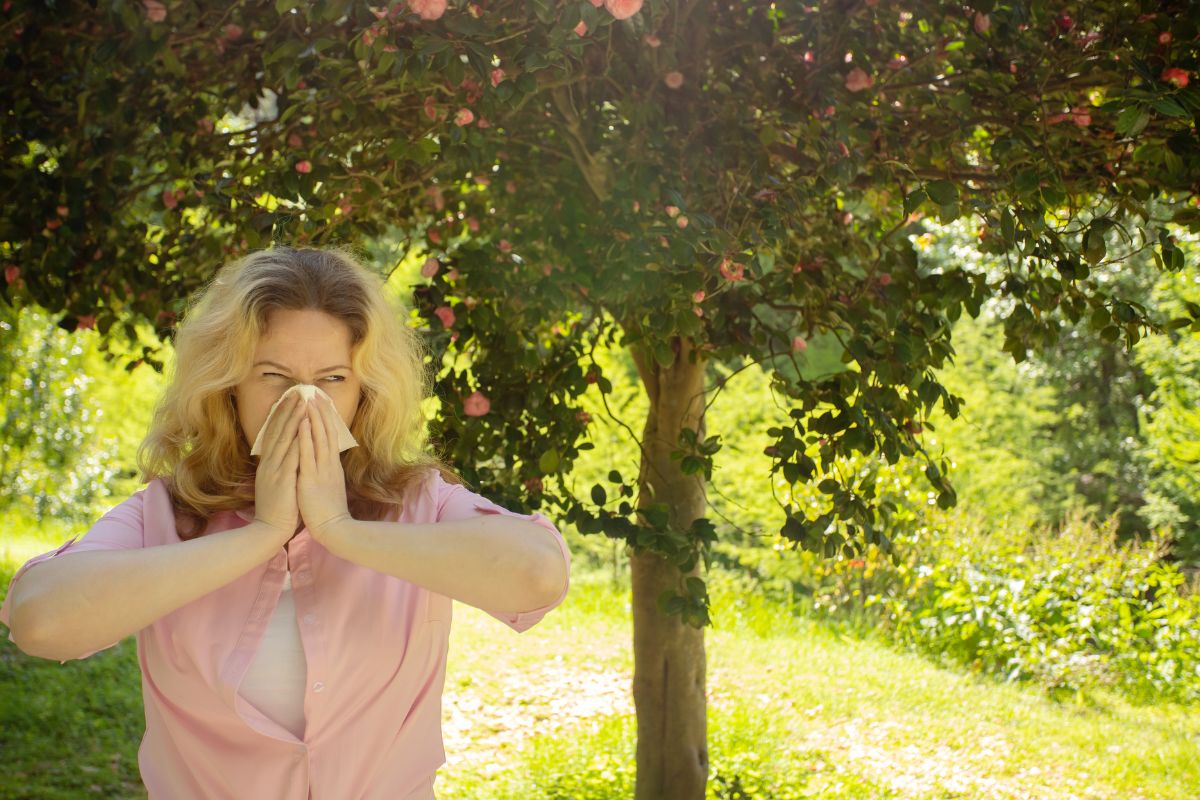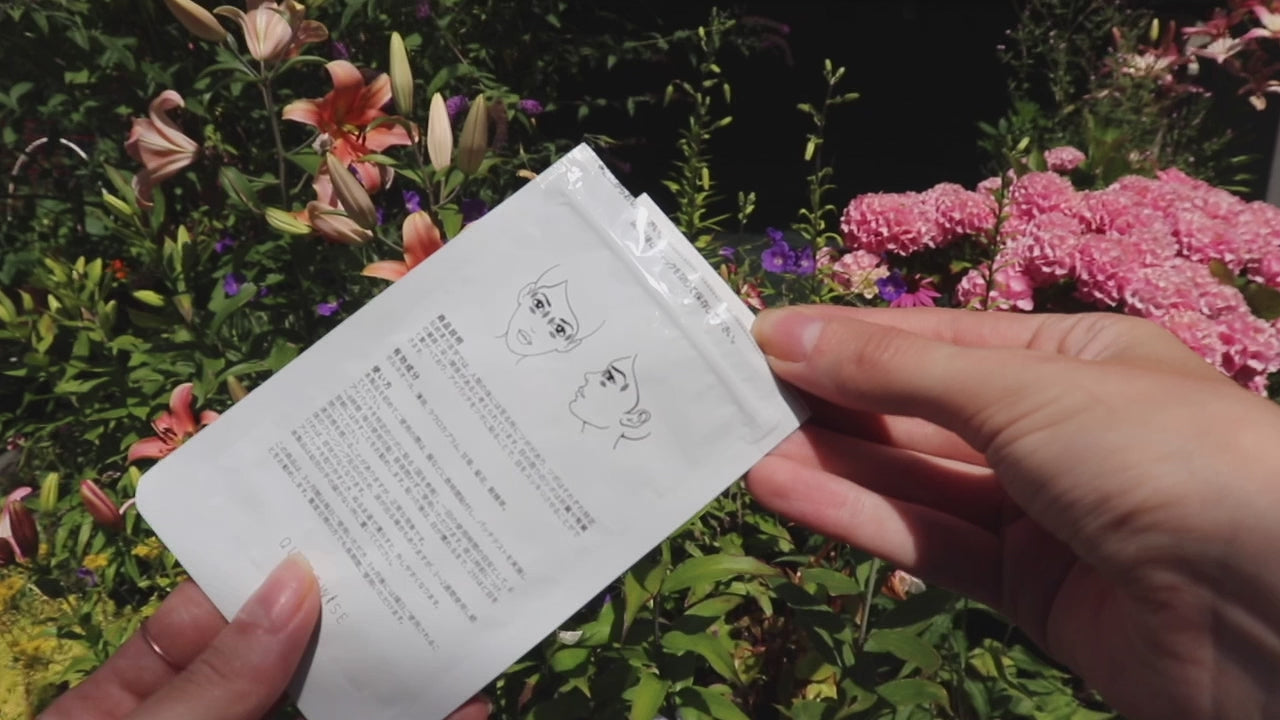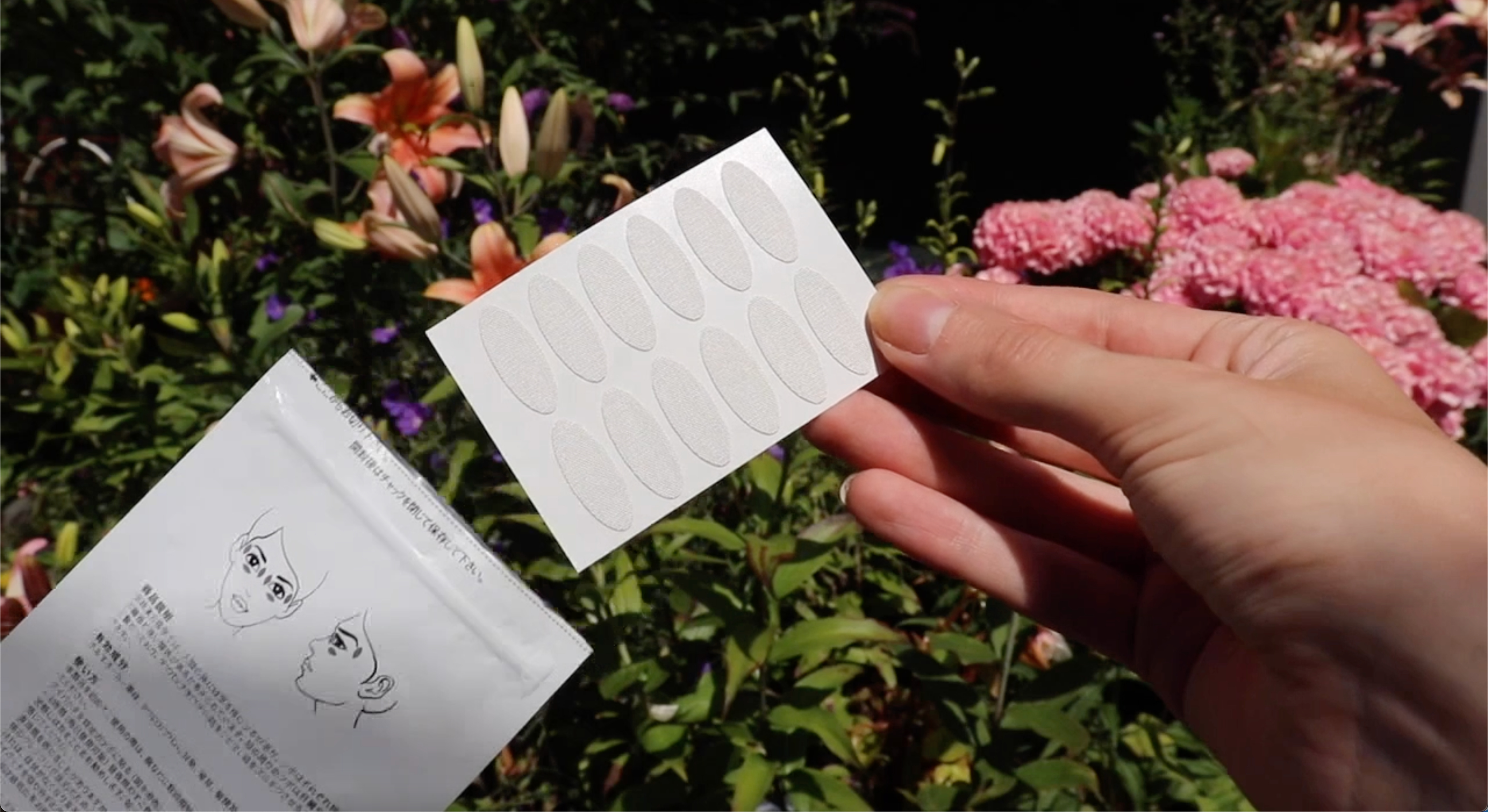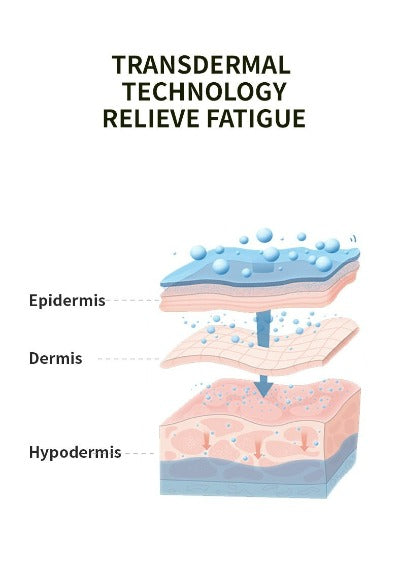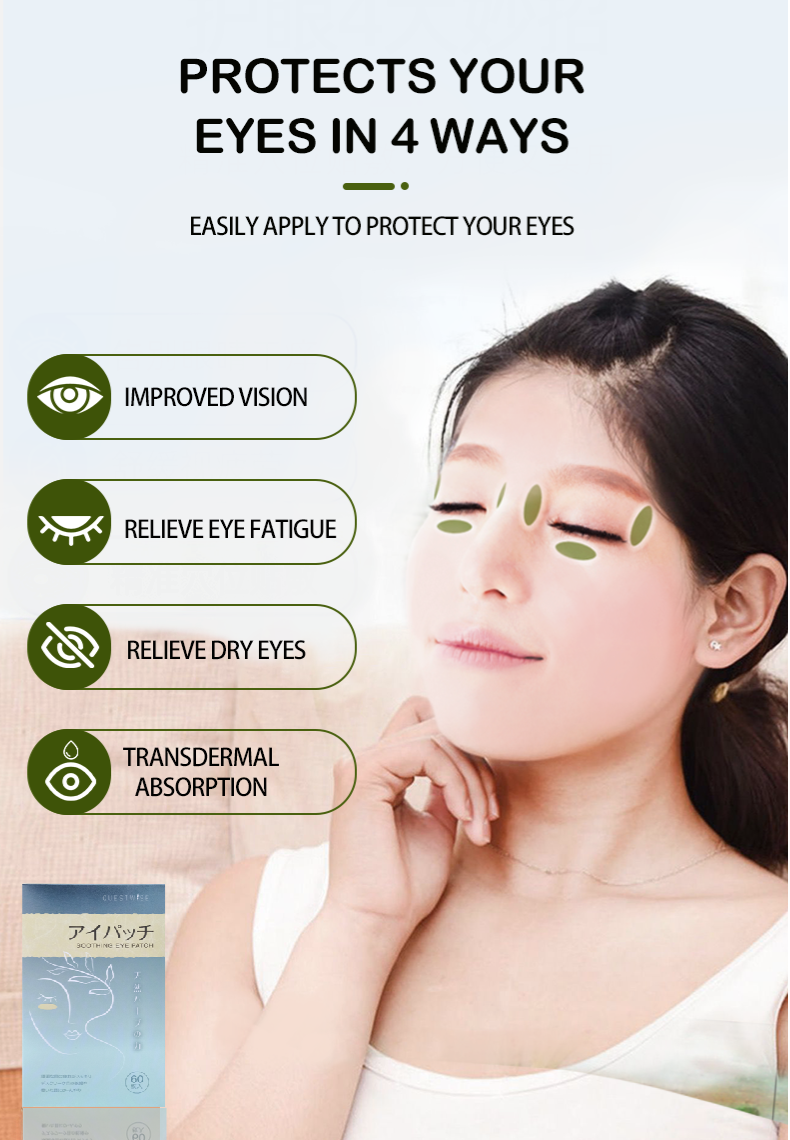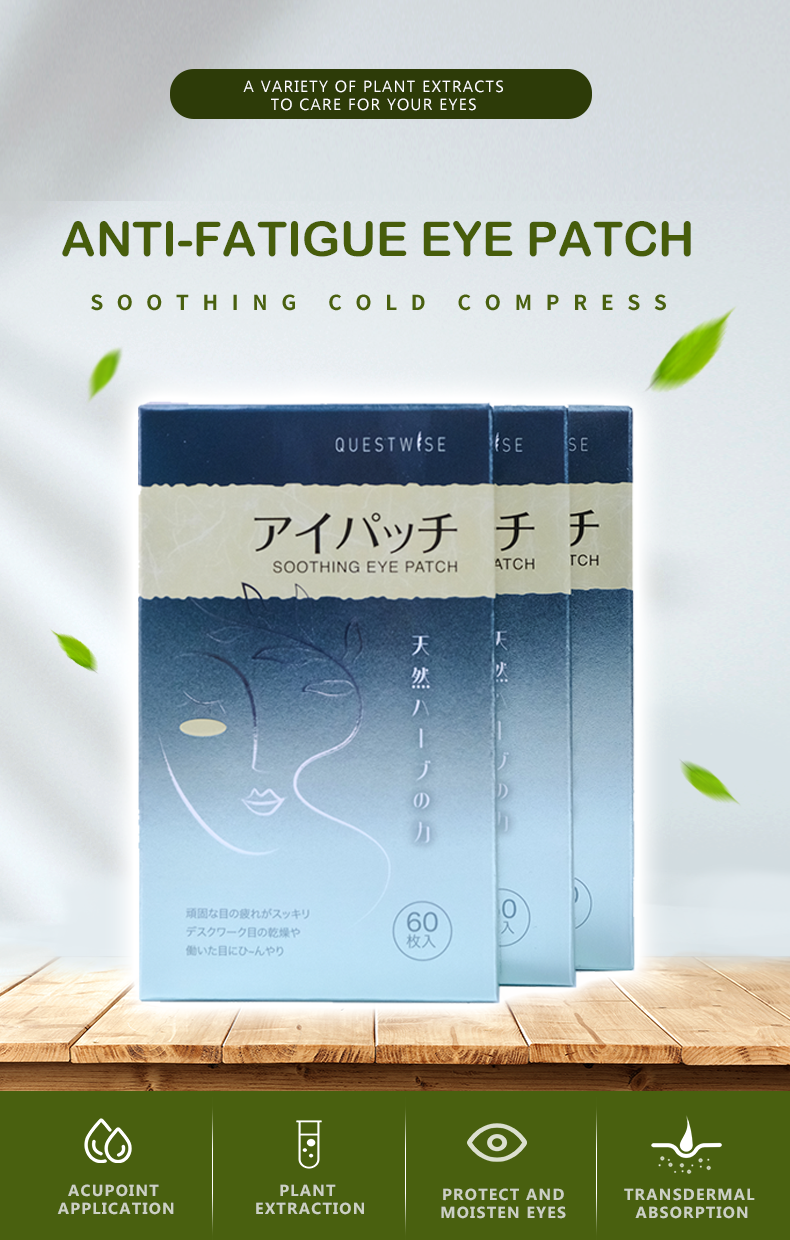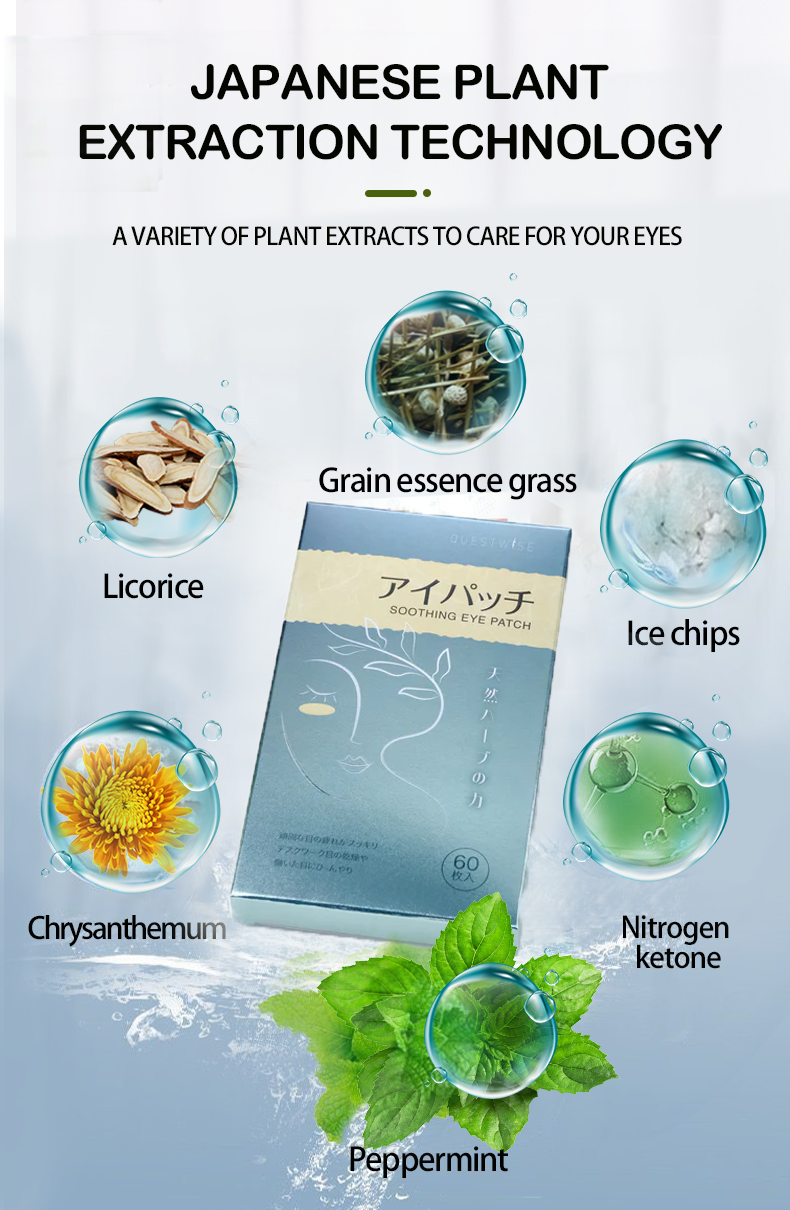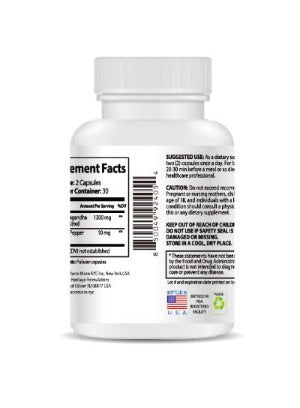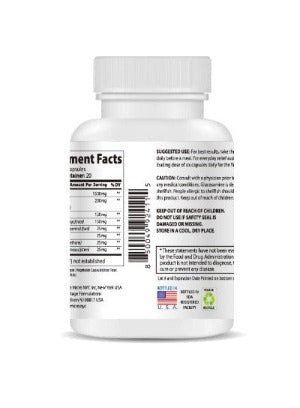Kids and Pollen Allergy: A Comprehensive Guide to Managing Itchy Eyes Safely
Pollen allergy is a common springtime affliction, particularly impacting children. The telltale signs? Itchy, watery eyes, often accompanied by sneezing, a runny nose, and congestion. For kids, this can be especially disruptive, interfering with play, sleep, and overall well-being. This comprehensive guide delves into understanding pollen allergies, providing practical strategies for managing itchy eyes, and emphasizing the importance of seeking professional help when necessary. We'll explore both preventative measures and effective symptom relief techniques to help your child enjoy a more comfortable spring season.
Understanding Pollen Allergy and Its Impact on Children
Pollen allergy, or allergic conjunctivitis, arises when a child's immune system mistakenly identifies harmless pollen grains as a threat. This triggers an overreaction, releasing histamine and other inflammatory chemicals. These chemicals cause the characteristic symptoms: itchy, red, and watery eyes, often accompanied by swelling of the eyelids. The severity of the reaction can vary, ranging from mild discomfort to significant distress, impacting a child's daily activities and quality of life. Understanding the allergy's mechanism is the first step in effectively managing it.
Identifying the Culprits: Common Pollen Types
Identifying the specific pollen types causing your child's allergy is crucial for effective management. Common culprits include tree pollen (birch, oak, and maple), grass pollen (timothy, rye, and Bermuda), and weed pollen (ragweed and pigweed). Knowing the peak pollen seasons in your area can help you anticipate and proactively manage your child's symptoms. Local allergy clinics or websites often provide pollen counts and forecasts, offering valuable insights for planning outdoor activities.
Safe and Effective Management Strategies: A Multi-pronged Approach
Managing pollen allergy-induced itchy eyes in children requires a multifaceted approach, combining preventative measures with appropriate symptom relief. This holistic strategy minimizes exposure, reduces inflammation, and provides comfort. Here's a detailed breakdown:
Preventative Measures: Minimizing Exposure
- Indoor Air Quality Control: Keep windows and doors closed, especially during peak pollen hours (typically early mornings and evenings). Use air conditioning and consider an air purifier with a HEPA filter to remove pollen from indoor air.
- Regular Cleaning: Dust and vacuum frequently to reduce pollen accumulation in your home. Pay close attention to bedding, carpets, and upholstery.
- Outdoor Precautions: Limit outdoor activities during peak pollen times. If outdoor activities are unavoidable, encourage your child to wear sunglasses and a hat to prevent pollen from directly contacting the eyes. After outdoor activities, wash your child's face and hair thoroughly.
- Pollen Monitoring: Check daily pollen counts to be aware of high pollen days and adjust outdoor activities accordingly.
Symptom Relief: Soothing Itchy Eyes
- Cool Compresses: Applying cool, damp compresses to the eyes can provide immediate relief from itching and inflammation. Ensure the compresses are clean to prevent infection.
- Artificial Tears: Lubricating eye drops, or artificial tears, can help wash away pollen and alleviate dryness. Choose preservative-free options if possible.
-
Eye Care Products: Consider using specialized eye care products. Wise Quest Soothing Eye Patches are designed to gently soothe itchy, irritated eyes. These patches, infused with traditional Chinese herbal medicine, help reduce eye fatigue, dryness, redness, and swelling, promoting healthy blood circulation and relieving discomfort.

- Avoid Rubbing: Teach your child to avoid rubbing their eyes, as this can worsen inflammation and potentially introduce infection.
When to Seek Professional Medical Help
While the strategies mentioned above can effectively manage many cases of pollen allergy, it's crucial to seek professional medical help if:
- Symptoms are severe: Intense itching, significant swelling, or impaired vision warrants immediate medical attention.
- Symptoms are persistent: If symptoms don't improve despite home management, consult an allergist.
- Secondary infections: Signs of infection, such as pus or increased pain, require prompt medical evaluation and treatment.
An allergist can perform allergy testing to pinpoint the specific allergens causing your child's reaction. They can also recommend more advanced treatments, such as allergy shots (immunotherapy) or prescription medications, to provide long-term relief.
Conclusion: Empowering Families to Manage Pollen Allergies
Pollen allergy can significantly impact a child's well-being, but proactive management can make a world of difference. By combining preventative measures, gentle symptom relief techniques, and regular monitoring, you can empower your child to enjoy a more comfortable spring season, free from the discomfort of itchy eyes. Remember, prompt attention to symptoms, a proactive approach, and seeking professional guidance when needed are key to successful management of pollen allergies in children. Don't hesitate to reach out to your healthcare provider or an allergist for personalized advice and treatment plans. With the right strategies, your child can thrive, even during peak pollen season. Use products like Wise Quest Soothing Eye Patches to alleviate discomfort and promote healthy eyes.

